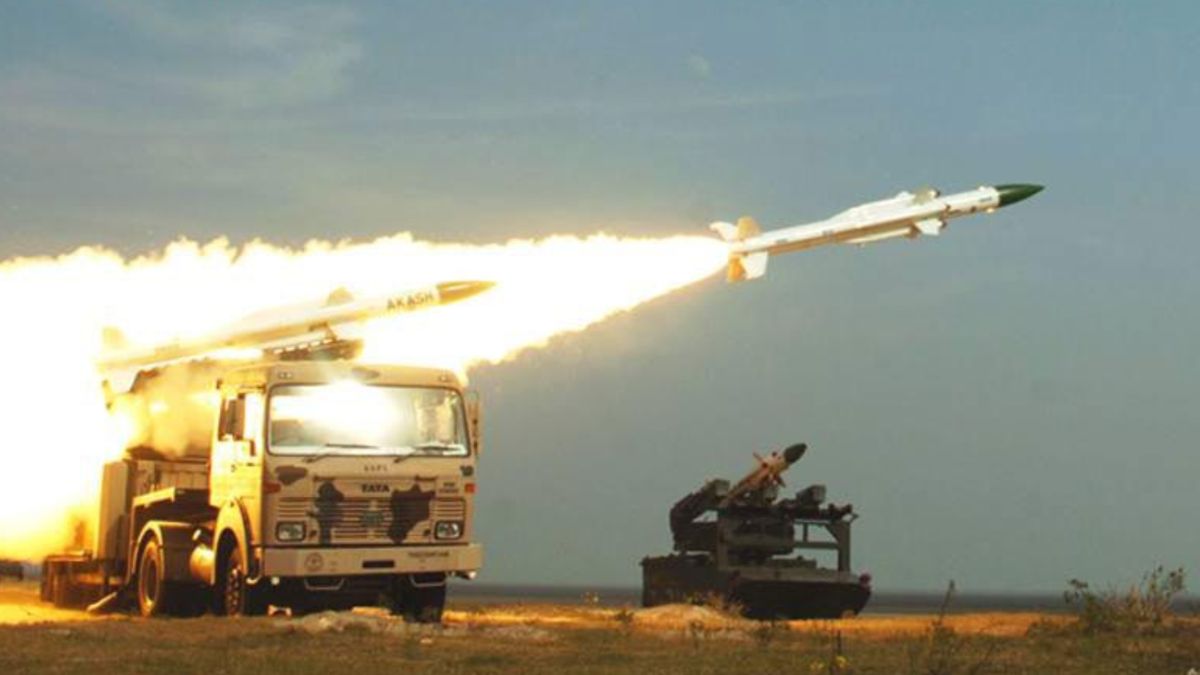Turkish drones, widely used by the Pakistani army during its recent brief conflict with India, first rose to prominence when Ukraine deployed them to target Russian defensive positions in the early stages of the Russia–Ukraine war.
These drones—capable of remaining airborne for up to 27 hours, according to their manufacturer—initially found success. However, they later struggled to penetrate fortified Russian air defences. Reports suggest Ukraine subsequently repurposed them for reconnaissance and artillery coordination.
India appears to have taken note of the lessons from the Ukraine conflict. During the recent Operation Sindoor, it successfully intercepted and destroyed Turkish drones and Chinese missiles mid-flight, effectively neutralising Pakistan’s strategy of launching swarms of drones in retaliation.
While the Turkish drones supplied to Pakistan—under President Recep Tayyip Erdoğan, who has long harboured ambitions of positioning Turkey as the leader of the Muslim world—were not of the same calibre as those sold to Ukraine, the symbolic loss is significant. Many of the Turkish models were replaced with more affordable ‘Made-in-India’ drones, dealing a blow to Erdoğan’s aspirations of emerging as a modern-day caliph.
In a telling gesture, Turkey sent only a lower-ranking envoy to the Indian Ministry of Defence’s briefing on Operation Sindoor, a move widely interpreted as a sign of dissatisfaction with the drones’ underperformance.
Impact Shorts
More ShortsIndia’s armed forces also field the advanced Israeli-made Harop drones—known as “loitering munitions”—which are capable of identifying targets and crashing into them while carrying explosive payloads. These have become a potent asset in India’s arsenal and are believed to have inflicted serious damage on Pakistan’s air defence infrastructure and key military sites during the conflict between 7 and 10 May.


)

)
)
)
)
)
)
)
)



